In the category of luxury real estate, there is an invisible but rigid hierarchy. What is premium-class housing is not a label, but a standard at the intersection of architecture, engineering, and market logic. This format has long gone beyond the showcases of real estate terms. It is not confused with elite class and not equated with business class. It lives by its own rules.
What is premium-class housing: classification of high-budget real estate
All luxury real estate is distributed according to architectural, engineering, legal, and consumer characteristics. Understanding what premium-class housing is helps to compare it with neighboring categories.

The difference between business and premium housing is manifested in the approach to details. If the business format is limited to enhanced sound insulation, transport accessibility, and basic architectural aesthetics, then the premium class shapes the concept of a life scenario with an emphasis on silence, privacy, and status.
Premium class vs elite class is not a struggle for price, but a division in essence. Elite housing is a point development in locations with historical context (Prechistenka, Kamenny Island, Maritime Facade). Premium is oriented towards modern architecture, functionality, and scale. Here, they do not collect apartments with views – here, they live in comfort.
Architecture and engineering: the face of the standard
The architectural appearance of a premium house is always a choice in favor of an author’s project. Architects shape the building’s appearance for a specific region and climate. Examples include residential complexes Level Prichalny (Moscow), ART Residential Complex (St. Petersburg), where the architecture is based on modern glass facades, panoramic glazing, and terraces.
What is premium-class housing is monolithic buildings from a trusted developer, designing not just a box, but a large-scale object with elaborate engineering: a “smart home” system, supply and exhaust ventilation, individual thermal points, water and air purification.
The area of such apartments is from 80 m². For apartments – from 50 m², but only with high ceilings (3+ meters), isolated bedrooms, and panoramic views.
Location: not nearby, but within infrastructure
The key criterion is location. Premium housing is not built in “developing areas” with potential, but integrated into established neighborhoods with rich infrastructure: kindergartens, private schools, gastronomy, fitness, theaters, museums, private clinics.
For example, the Neva Towers Residential Complex (Moscow City): within an 800-meter radius includes three business centers, two shopping malls, three premium restaurants, schools, and the metro.
Finishing as an argument: not just with marble
The market no longer considers natural stone and engineered wood as a marker of quality. Today, finishing is not about expensive materials, but about reasonable solutions.
It is important not only the renovation itself but also its logic. The right premium always offers a choice: white box, finished finishing, or designer solutions with ready-made furniture and appliances.
Developers collaborate with agencies like D&K, iRooms, Design Solutions. Examples: the Dom na Mosfilmovskoy Residential Complex and Presnya City, where finishing according to an author’s design project is included in the price and completed before handing over the keys.
Infrastructure: not an addition, but a core
Service and internal infrastructure have long ceased to be bonuses and become a standard. The absence of security, stroller rooms, or a fitness room deprives a project of premium status.
The complex must include:
- children’s rooms and private courtyards;
- bike parking and workshops;
- coworking areas and meeting rooms;
- cleaning service and security system;
- video surveillance, reception, lounge.
The developer of a premium property always uses a project with an elevated standard of improvement and does not skimp on public spaces. Every detail is important here: benches from domestic manufacturers, tiles that do not slip even in November, parking lighting without flickering.
Parking and security: a zone without compromises
Parking in premium housing is not just parking spaces, but part of the security and status system. A minimum of 1.5 spaces per apartment, automatic gates, access by recognition, a lift to the floor of the apartment, ventilation, and charging stations for electric cars.
Modern premium-class projects (for example, Residences Skolkovo or City Bay) offer mechanized parking, automatic car washes, video surveillance. Security ensures protection not only of the perimeter but also of internal premises, including floors and elevator areas.
Premium housing buyer: motivation and logic
The buyer of this segment acts rationally. The main criterion is not the area but the level of standard. Among the motivations are quality of life, capital protection, risk minimization in resale.
Properties in this segment are often purchased for long-term living, not for investment. The average rental rate is 4-5% per annum, payback period is from 20 years. It is not a speculative but a valuable product. For the buyer, it is predictability, service, independence from market fluctuations.
Difference between “premium” and “elite” housing: where is the line
There is no clear formal boundary, but the difference is obvious. Elite housing is limited by uniqueness – historical buildings, restoration, a limited number of apartments (up to 30 in a building), a closed club format.
Premium chooses scale: projects with 100-300 apartments with the same level of quality but without museum status. Here, economic laws operate: demand grows depending on prices for business class, not on the historical value of the building.
Pricing and cost assessment
Price is influenced not only by area or region. It is important how accurately the project corresponds to the classification of luxury housing: location, engineering, finishing, security, parking, service.
If an object is declared as premium but does not provide a closed territory, does not provide its own infrastructure, and does not confirm the developer’s status – the price loses justification.
The market reacts quickly. It is enough for one project out of 10 to be below expectations for the entire reputation of the class to be shaken. Therefore, the assessment of an object always goes through a combination of parameters. Not by words, but by numbers.
Project and implementation: compliance check
The project of a premium house does not go through inspiration but through meticulous calculation. Architects analyze traffic, noise levels, wind direction, insolation, and the density of surrounding development.
The developer approves the project taking into account not only future profit but also future market demands in 5-10 years. Therefore, what premium-class housing is primarily about is the precision of design.
If engineering solutions do not include a ventilation system with heat recovery, access automation, sound insulation above standards – the object does not fall into the category. Simplifications are not allowed. Every element – from the elevator hall to pedestrian navigation – must meet the audience’s expectations.
What is premium-class housing: characteristics
What is premium-class housing is not a rhetorical question but measurable by specific parameters. The segment sets a high bar for each element: from architecture to legal transparency.
The main characteristics of premium-class housing:

- Architecture – individual projects with non-standard facade geometry.
- Region – top locations with high accessibility index and minimal noise level.
- Developer – developers with a portfolio of no less than 5 premium properties in the last 10 years.
- Infrastructure – closed territory with security, concierge service, fitness, lounge areas.
- Area – from 80 m² with ceilings from 3 m, layouts without load-bearing walls inside apartments.
- Finishing – designer renovation or white box with all engineering systems in place.
- Parking – underground, heated, with a lift to the apartment floor.
- Documentation – registered property rights, transaction transparency, land history.
- Price – from $4,500/m² in regions, from $7,500/m² in Moscow, from $7,000/m² in Dubai.
Each of the listed parameters influences the perception of the object’s level and builds trust in the project even at the selection stage. It is the combination of these characteristics that determines what premium-class housing is in real, not nominal terms.
What is premium-class housing: conclusions
What is premium-class housing is not just square meters and panoramic facades but a system of solutions where every detail works for comfort. Here, they value not the render but the engineering foundation, infrastructure, and perspective. The price is justified only when the developer confirms the declared level with quality, not promises.
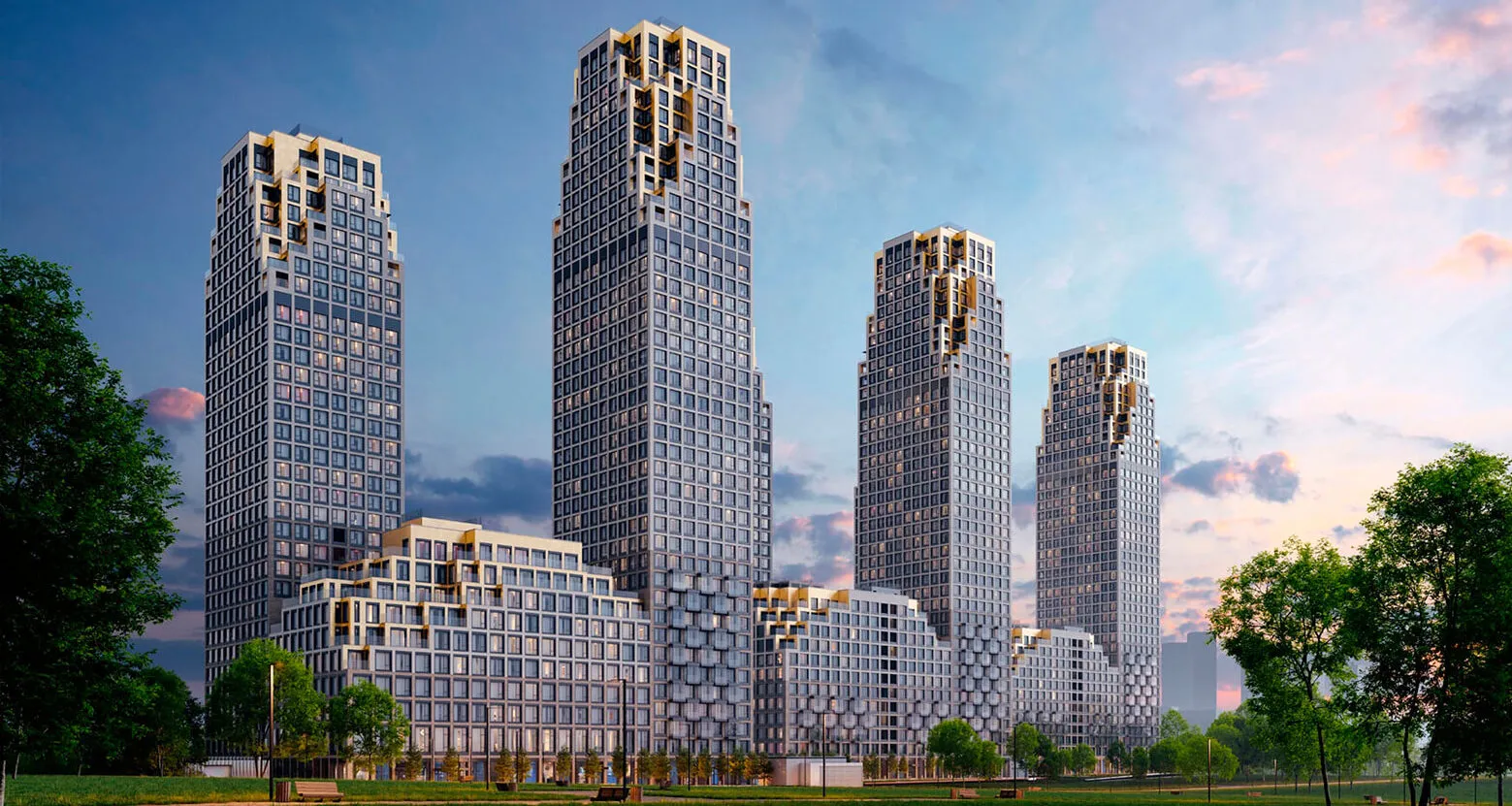


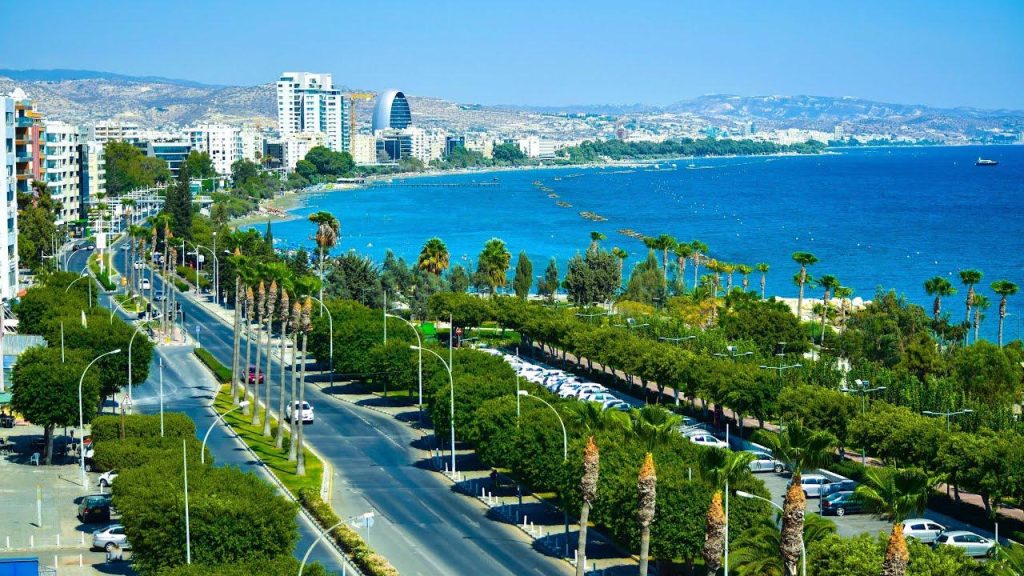 The naturalization procedure is formed as a linear legal process. It begins with the legalization of stay – a residence permit, which is converted into permanent residence. Next, the confirmation of the level of adaptation, payment of fees and passing of mandatory exams is required.
The naturalization procedure is formed as a linear legal process. It begins with the legalization of stay – a residence permit, which is converted into permanent residence. Next, the confirmation of the level of adaptation, payment of fees and passing of mandatory exams is required.
 Citizenship by naturalization is formed not by chance, but sequentially — step by step, from legal entry to the final oath. The path is suitable for those who are ready to adapt, learn the language, comply with the laws and integrate into a new society. States perceive citizenship as a tool of trust, and therefore set clear requirements — from residence experience to proven income and knowledge of traditions. Each stage of the process checks not only the documents, but also the intentions.
Citizenship by naturalization is formed not by chance, but sequentially — step by step, from legal entry to the final oath. The path is suitable for those who are ready to adapt, learn the language, comply with the laws and integrate into a new society. States perceive citizenship as a tool of trust, and therefore set clear requirements — from residence experience to proven income and knowledge of traditions. Each stage of the process checks not only the documents, but also the intentions.
 A family of two spends per month:
A family of two spends per month: Both countries grant residence permits, access to the EU, the sea and the climate. But the formula of life in each is completely different. Cyprus is more structured, more pragmatic, and more expensive. Greece is wider, more sincere, cheaper.
Both countries grant residence permits, access to the EU, the sea and the climate. But the formula of life in each is completely different. Cyprus is more structured, more pragmatic, and more expensive. Greece is wider, more sincere, cheaper.
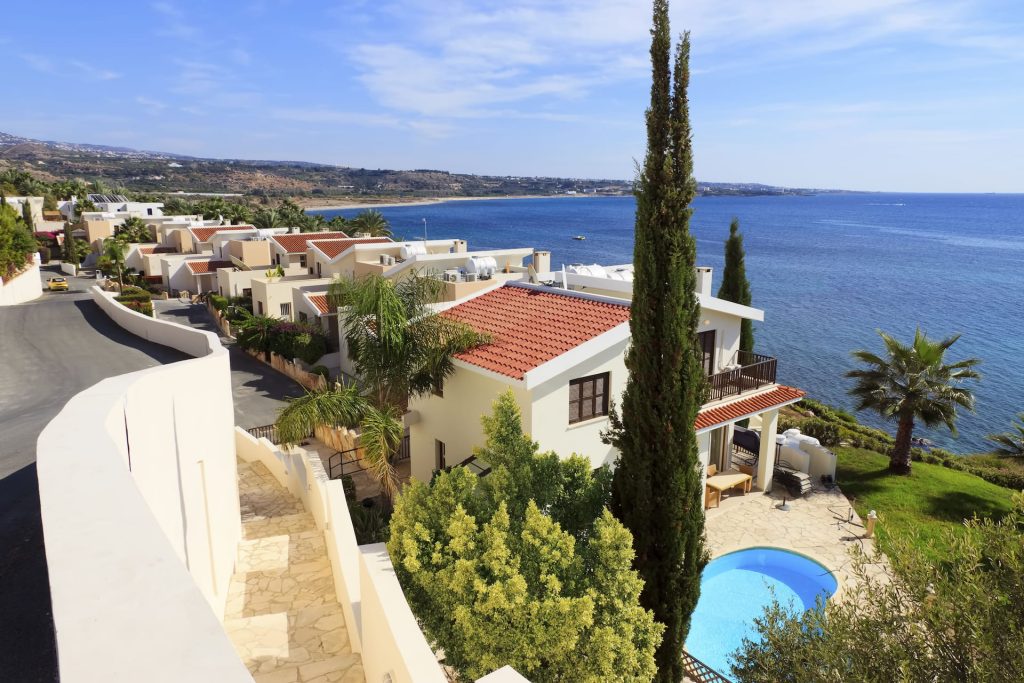 Investments in foreign commercial property open up new horizons for portfolio diversification. The advantages of investments lie in reduced dependence on the local economy, currency fluctuations and political changes. Owning assets in several countries provides capital stability in case of crises in one of the markets. Choosing between office space in Berlin, hotels in Cyprus and holiday apartments in Greece allows you to intelligently spread risks between sectors and regions. The Greek market has a special place in this list: it offers attractive start-up conditions and growth prospects due to the Golden Visa programme, which facilitates obtaining a residence permit through the purchase of real estate from 250,000 euros.
Investments in foreign commercial property open up new horizons for portfolio diversification. The advantages of investments lie in reduced dependence on the local economy, currency fluctuations and political changes. Owning assets in several countries provides capital stability in case of crises in one of the markets. Choosing between office space in Berlin, hotels in Cyprus and holiday apartments in Greece allows you to intelligently spread risks between sectors and regions. The Greek market has a special place in this list: it offers attractive start-up conditions and growth prospects due to the Golden Visa programme, which facilitates obtaining a residence permit through the purchase of real estate from 250,000 euros.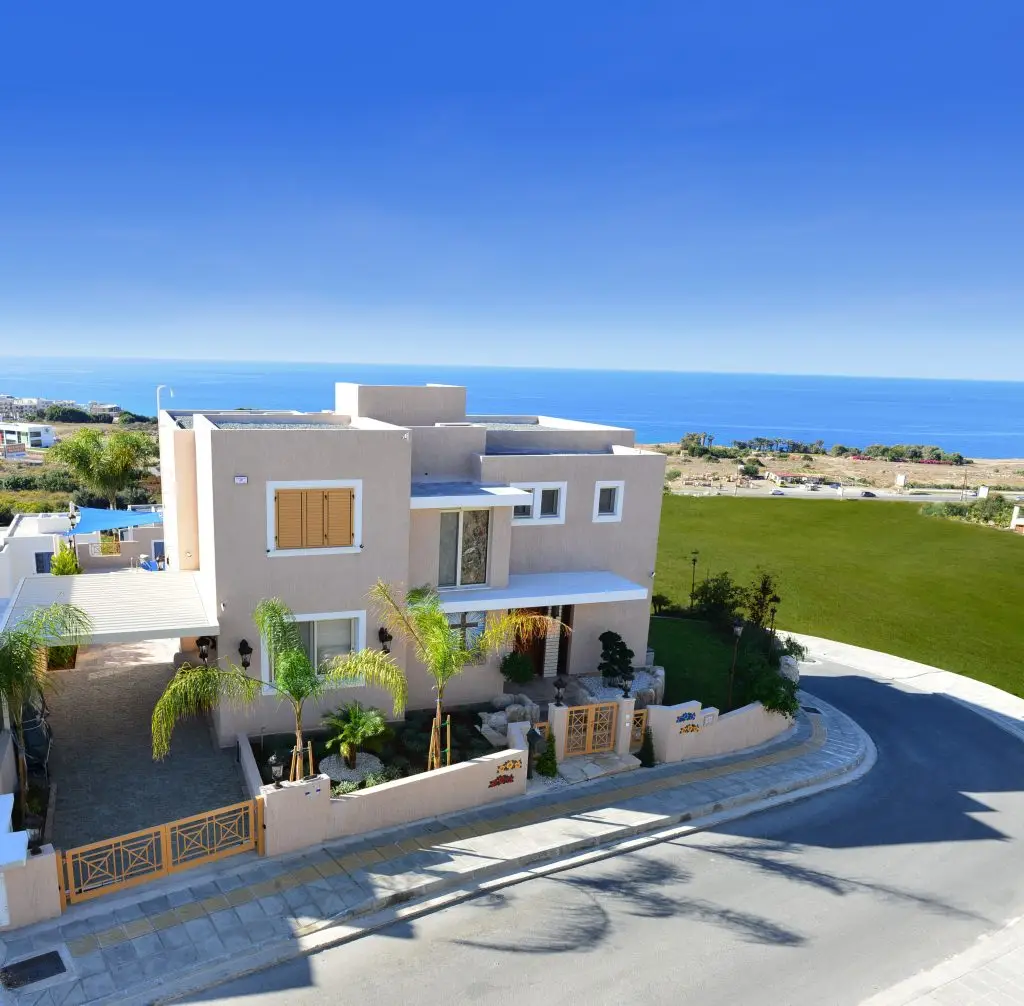 The benefits of investing in overseas commercial property go far beyond simple profitability. Such investments form a stable, profitable and reliable basis for long-term capital preservation and growth. With the right strategy, foreign assets provide stability for the financial future, risk diversification and access to global markets. Greece, with its combination of rising prices, affordable entry price tags, tax advantages and residence permit programme, deserves special attention in the portfolio of the modern investor.
The benefits of investing in overseas commercial property go far beyond simple profitability. Such investments form a stable, profitable and reliable basis for long-term capital preservation and growth. With the right strategy, foreign assets provide stability for the financial future, risk diversification and access to global markets. Greece, with its combination of rising prices, affordable entry price tags, tax advantages and residence permit programme, deserves special attention in the portfolio of the modern investor.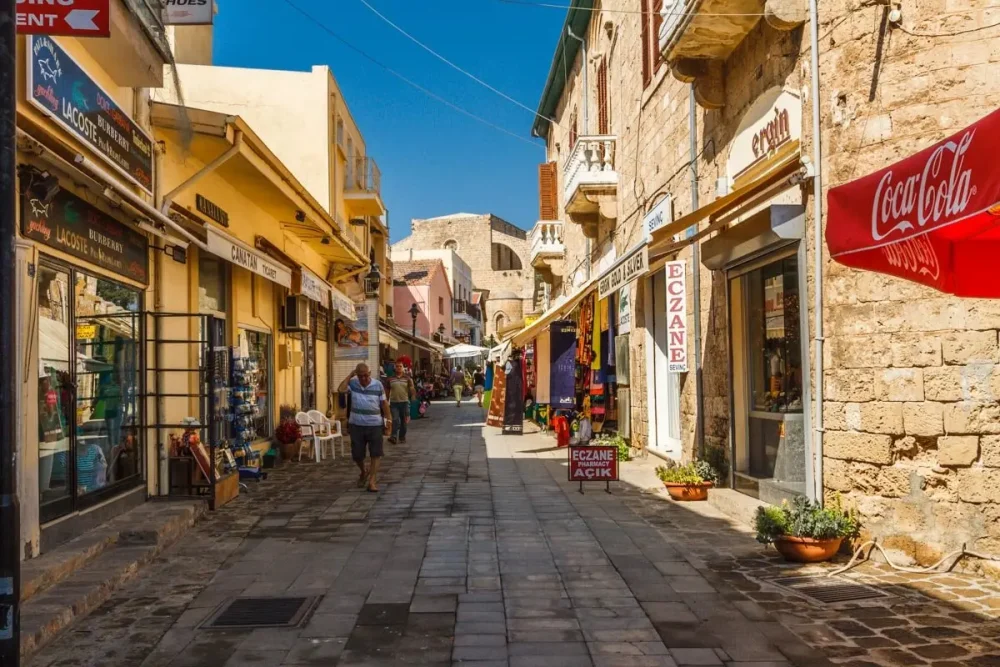
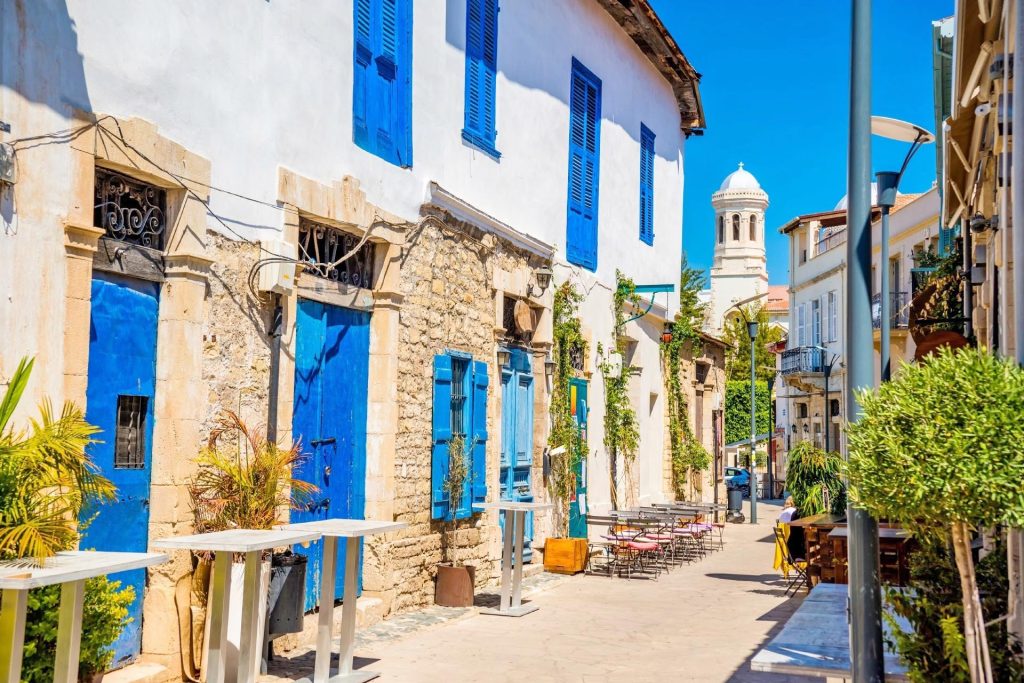 Despite the many pluses, living on the island has its challenges that you should consider before moving:
Despite the many pluses, living on the island has its challenges that you should consider before moving:
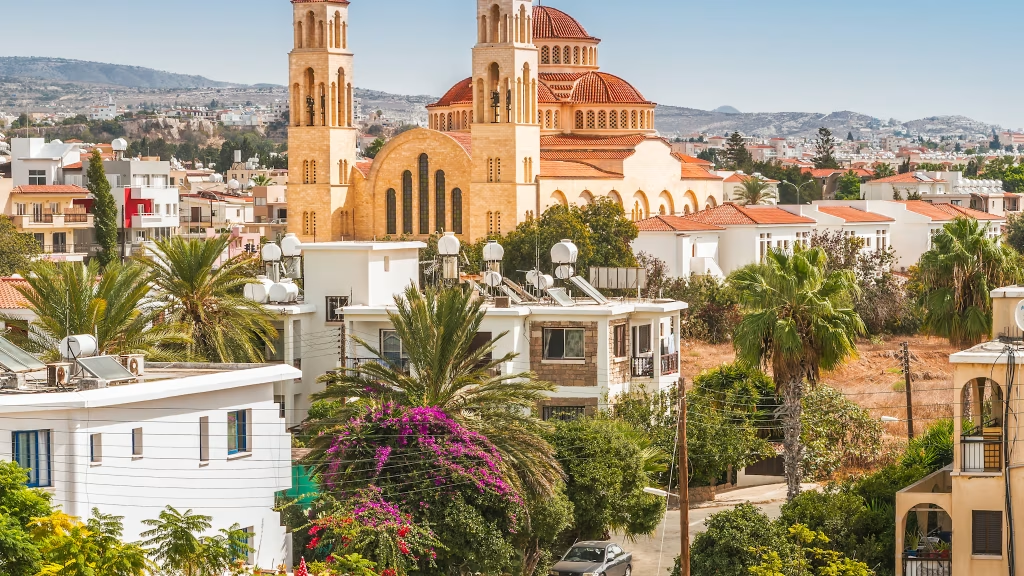 Living in Cyprus opens up prospects for comfortable living, professional growth and profitable investments. Having assessed all the pros and cons, everyone will be able to find a home on this sunny island. It is only important to prepare in advance for all aspects of the move to make the process as convenient and successful as possible.
Living in Cyprus opens up prospects for comfortable living, professional growth and profitable investments. Having assessed all the pros and cons, everyone will be able to find a home on this sunny island. It is only important to prepare in advance for all aspects of the move to make the process as convenient and successful as possible.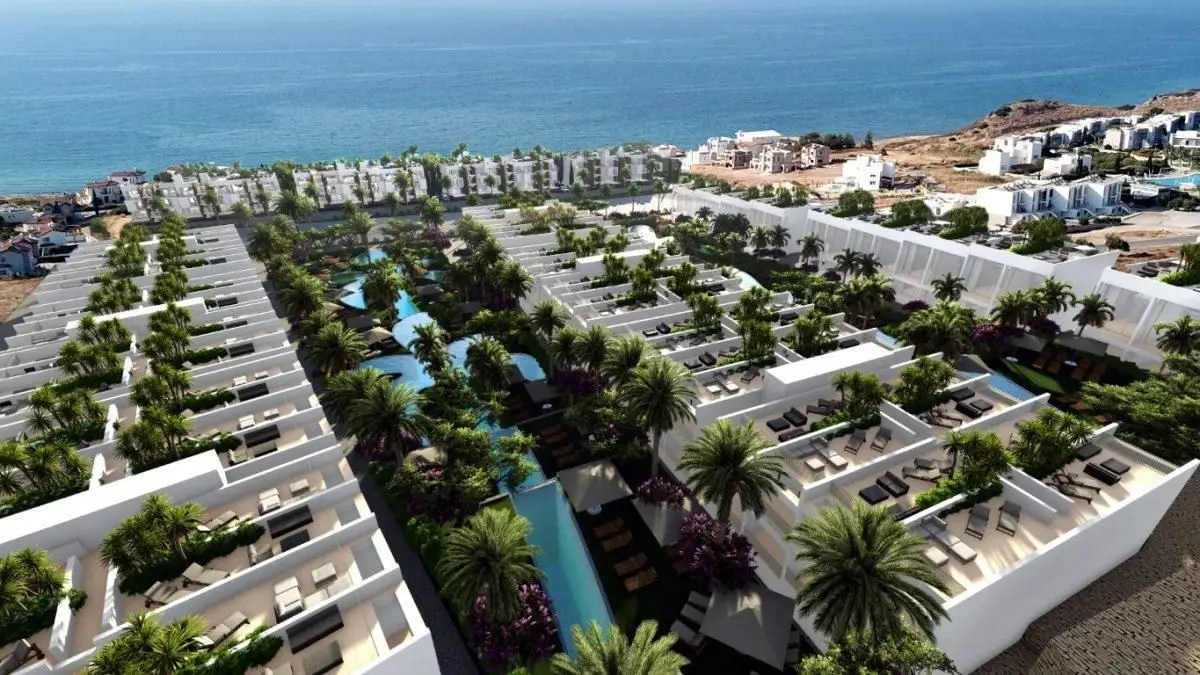

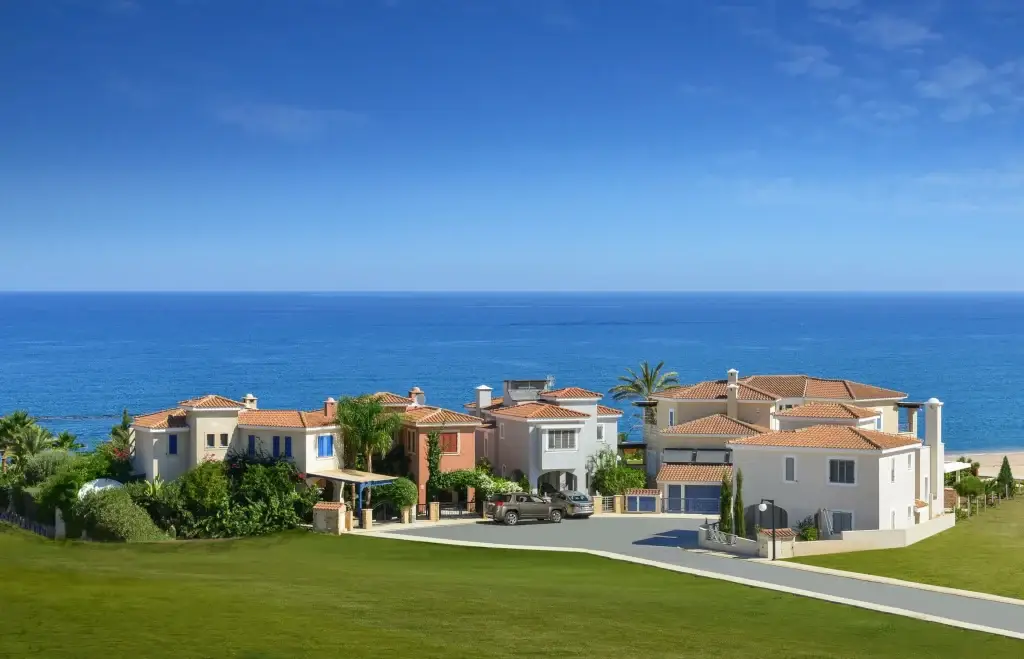 The process of obtaining a Cyprus residence permit for investment requires strict adherence to a number of procedures. It is important to understand all the steps and comply with local legislation to avoid delays and problems. Thanks to a simplified system and the support of local lawyers, the process is clear and quick, even for those who are new to investing abroad.
The process of obtaining a Cyprus residence permit for investment requires strict adherence to a number of procedures. It is important to understand all the steps and comply with local legislation to avoid delays and problems. Thanks to a simplified system and the support of local lawyers, the process is clear and quick, even for those who are new to investing abroad.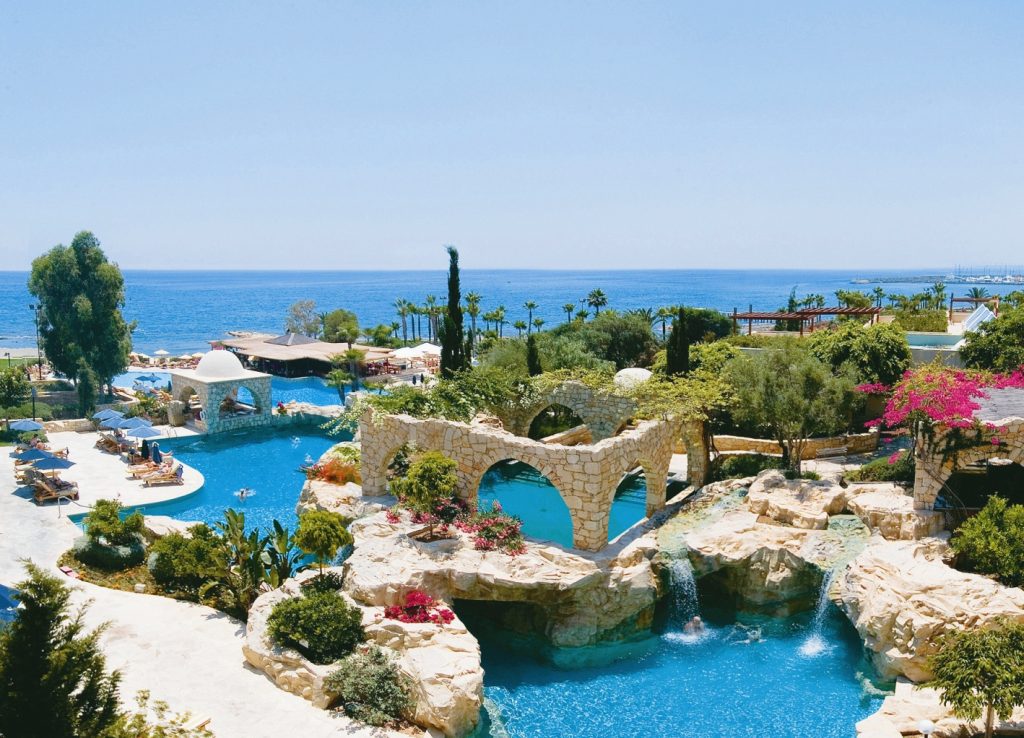 The Cyprus Permanent Residence Programme for property investment is a unique opportunity for those seeking to secure a stable future for themselves and their family, a quality life and access to the European market. Thanks to transparent conditions, fast processing of applications and high quality of properties, Cyprus has become one of the most attractive destinations for investors from Russia and other countries.
The Cyprus Permanent Residence Programme for property investment is a unique opportunity for those seeking to secure a stable future for themselves and their family, a quality life and access to the European market. Thanks to transparent conditions, fast processing of applications and high quality of properties, Cyprus has become one of the most attractive destinations for investors from Russia and other countries.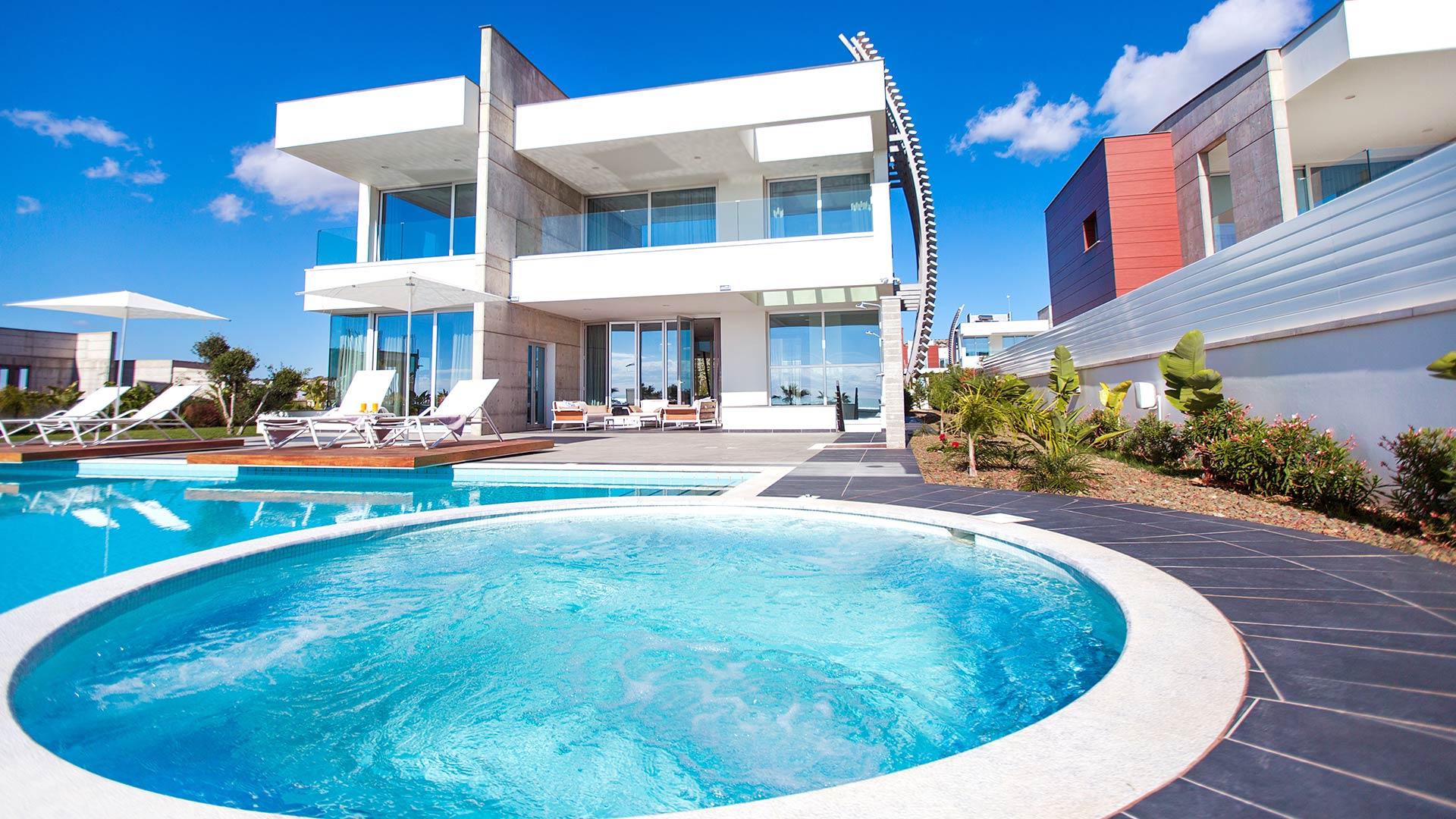

 The purchase process begins with the selection of the property and legal due diligence. The signing of the sale and purchase agreement takes place in the presence of a lawyer who checks the property documents. For payment, an account will be opened in a bank where the deposit will be kept. The transaction is finalised with the registration of the ownership right in the Land Registry. Legal control at every stage ensures safety and transparency.
The purchase process begins with the selection of the property and legal due diligence. The signing of the sale and purchase agreement takes place in the presence of a lawyer who checks the property documents. For payment, an account will be opened in a bank where the deposit will be kept. The transaction is finalised with the registration of the ownership right in the Land Registry. Legal control at every stage ensures safety and transparency.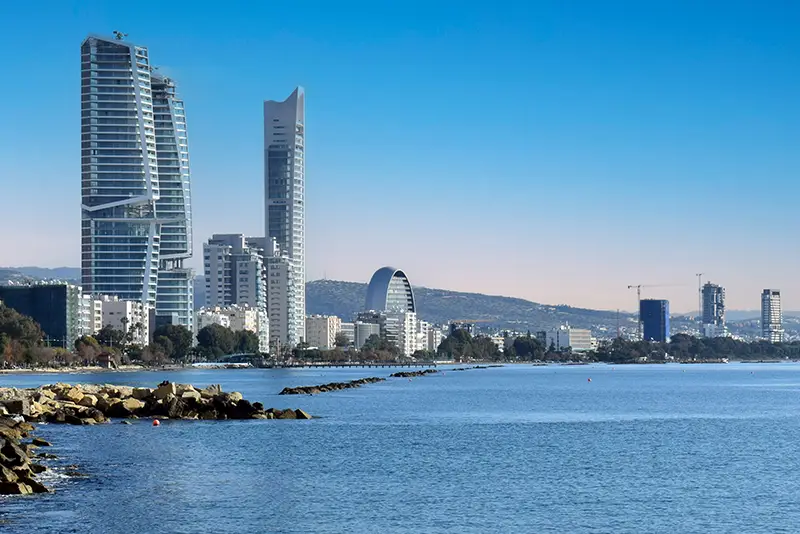 Investing in property in Cyprus offers a wealth of opportunities, from stable income to easy access to the European market. Rising house prices, a loyal tax policy and a stable economy create ideal conditions for long-term investments. The average increase in the value of properties reaches 10-15% annually, which makes buying square metres in Cyprus not only a safe but also a profitable strategy.
Investing in property in Cyprus offers a wealth of opportunities, from stable income to easy access to the European market. Rising house prices, a loyal tax policy and a stable economy create ideal conditions for long-term investments. The average increase in the value of properties reaches 10-15% annually, which makes buying square metres in Cyprus not only a safe but also a profitable strategy.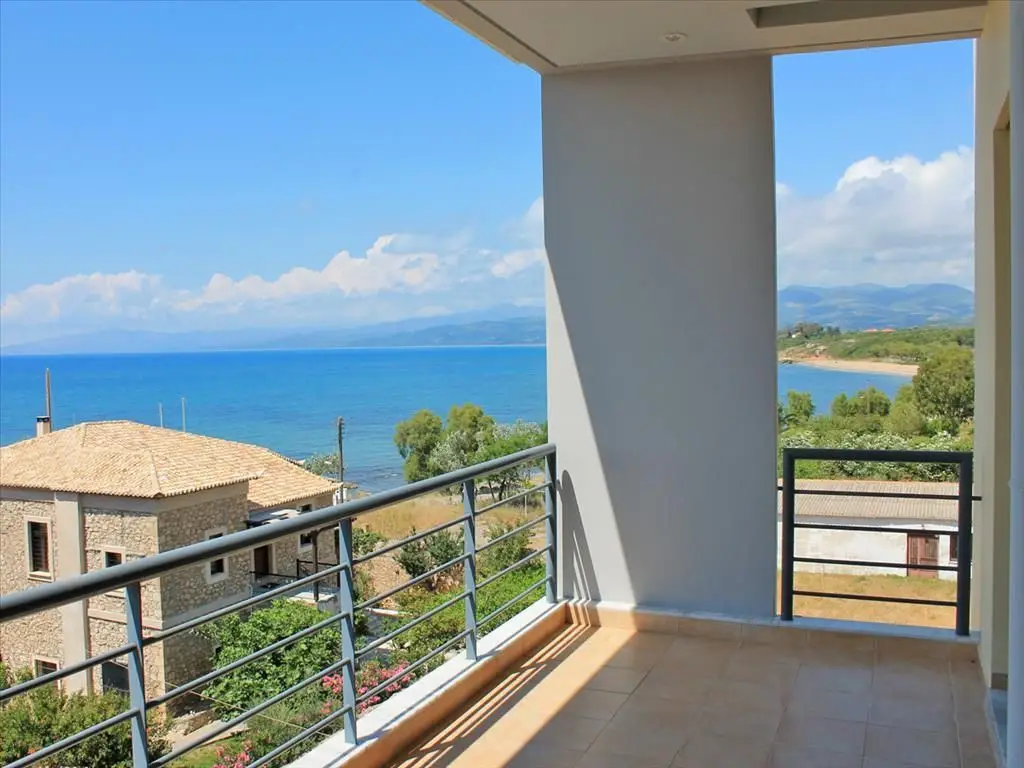
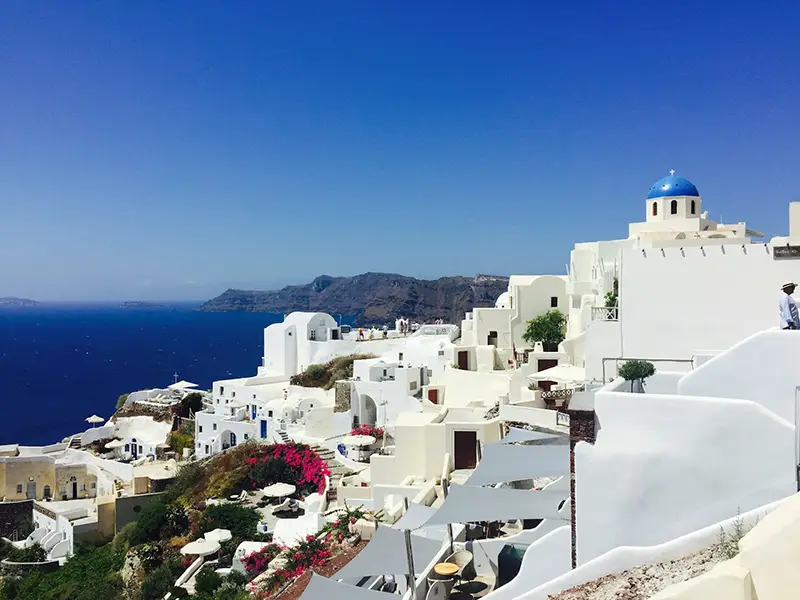 Santorini is an island that captivates at first sight with its views. Snow-white houses with blue domes against the azure sea create a unique image. Here you can buy a flat in Greece by the sea and get access to the most beautiful sunsets in the world, which can be seen from the caldera.
Santorini is an island that captivates at first sight with its views. Snow-white houses with blue domes against the azure sea create a unique image. Here you can buy a flat in Greece by the sea and get access to the most beautiful sunsets in the world, which can be seen from the caldera. Prestigious Attica, vibrant Crete or romantic Santorini, each location offers unique opportunities for those looking to invest in their future. Buying a flat in Greece by the sea is not just about buying a property, it is about making the dream of living by the azure coast a reality.
Prestigious Attica, vibrant Crete or romantic Santorini, each location offers unique opportunities for those looking to invest in their future. Buying a flat in Greece by the sea is not just about buying a property, it is about making the dream of living by the azure coast a reality.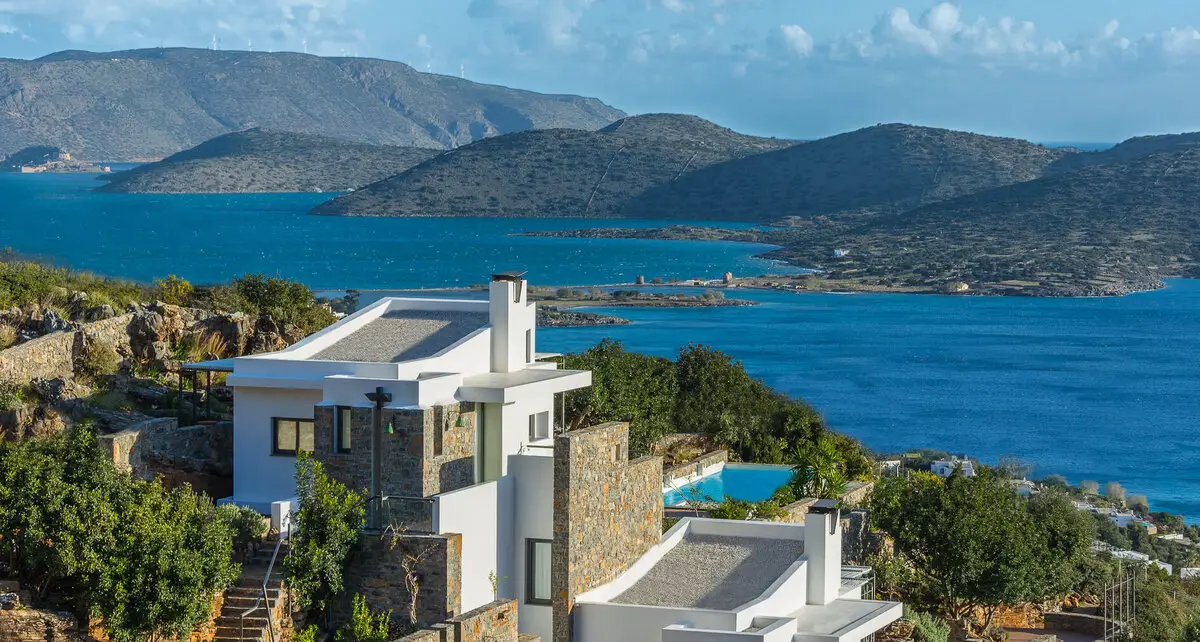

 Buying a home in Greece always raises a lot of questions: which cities are the most attractive, what you should pay attention to, and what are the peculiarities of the property market in each region. Each location offers its own unique lifestyle, investment opportunities and level of affordability.
Buying a home in Greece always raises a lot of questions: which cities are the most attractive, what you should pay attention to, and what are the peculiarities of the property market in each region. Each location offers its own unique lifestyle, investment opportunities and level of affordability.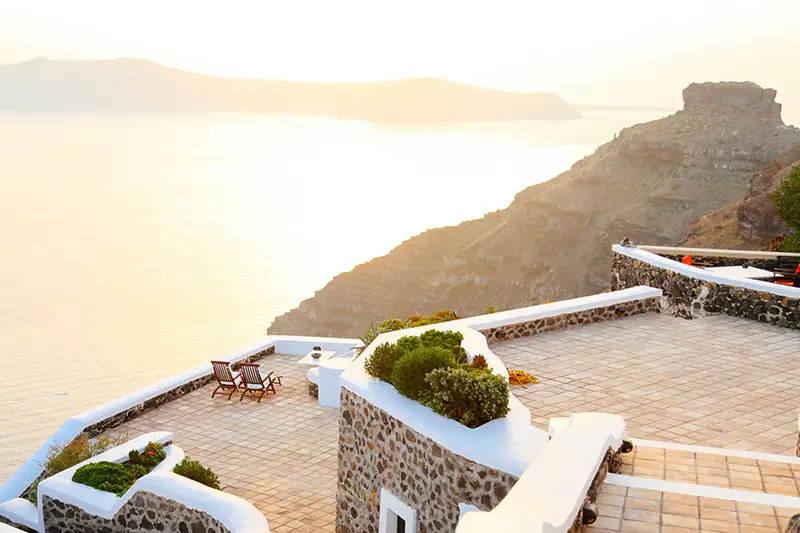 Buying a property in Greece in 2024 is a good idea. Athens and Thessaloniki are suitable for those who want to invest in an urban lifestyle with active rentals, while Corfu and other islands are suitable for those looking for privacy and high income from tourism.
Buying a property in Greece in 2024 is a good idea. Athens and Thessaloniki are suitable for those who want to invest in an urban lifestyle with active rentals, while Corfu and other islands are suitable for those looking for privacy and high income from tourism.
 The sunny country opens its doors to every scenario of property use: from living to running a business. Real estate attracts with comfort and favourable conditions, especially for retirees who are looking for a cosy and warm place to live a quiet life in Greece. It is the perfect atmosphere for those who want to meet the sunset of their life surrounded by beautiful scenery and good-natured neighbours. There are plenty of options, from small apartments to cosy houses in picturesque villages. Both for lovers of travelling and for those who want to spend the summer by the sea.
The sunny country opens its doors to every scenario of property use: from living to running a business. Real estate attracts with comfort and favourable conditions, especially for retirees who are looking for a cosy and warm place to live a quiet life in Greece. It is the perfect atmosphere for those who want to meet the sunset of their life surrounded by beautiful scenery and good-natured neighbours. There are plenty of options, from small apartments to cosy houses in picturesque villages. Both for lovers of travelling and for those who want to spend the summer by the sea. Investing in property in Greece is not only a financially rewarding decision, but also an opportunity to be part of an incredible history, experience Greek hospitality and enjoy the unique nature. The country offers excellent prospects for investors looking for stable investments with high returns. Whether the purchase is for personal use, rental or business, every investment becomes part of the big dream of living on the shores of the Aegean Sea.
Investing in property in Greece is not only a financially rewarding decision, but also an opportunity to be part of an incredible history, experience Greek hospitality and enjoy the unique nature. The country offers excellent prospects for investors looking for stable investments with high returns. Whether the purchase is for personal use, rental or business, every investment becomes part of the big dream of living on the shores of the Aegean Sea.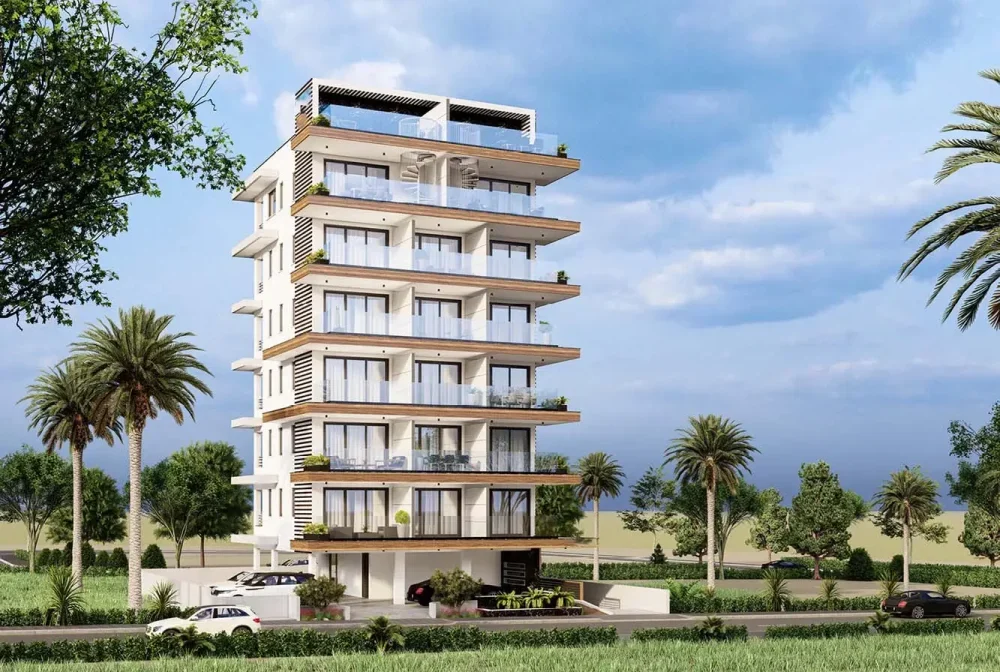
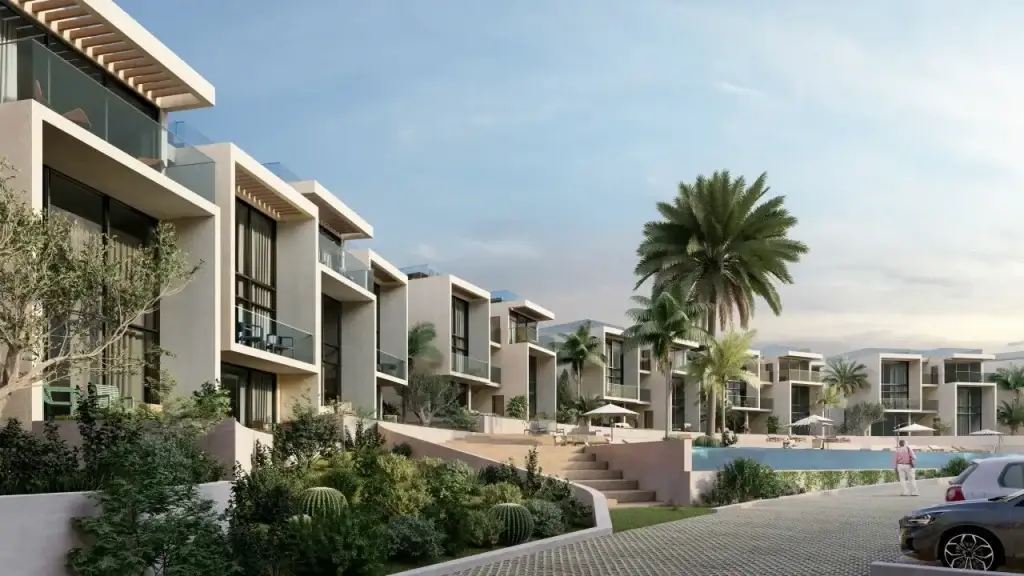 The island has seen a steady rise in prices, with over 45% since 2016 in popular areas including Limassol, Nicosia and Paphos. The reasons to invest in residential property are reinforced by limited supply, especially on the coast, and demand from EU and Middle Eastern nationals.
The island has seen a steady rise in prices, with over 45% since 2016 in popular areas including Limassol, Nicosia and Paphos. The reasons to invest in residential property are reinforced by limited supply, especially on the coast, and demand from EU and Middle Eastern nationals.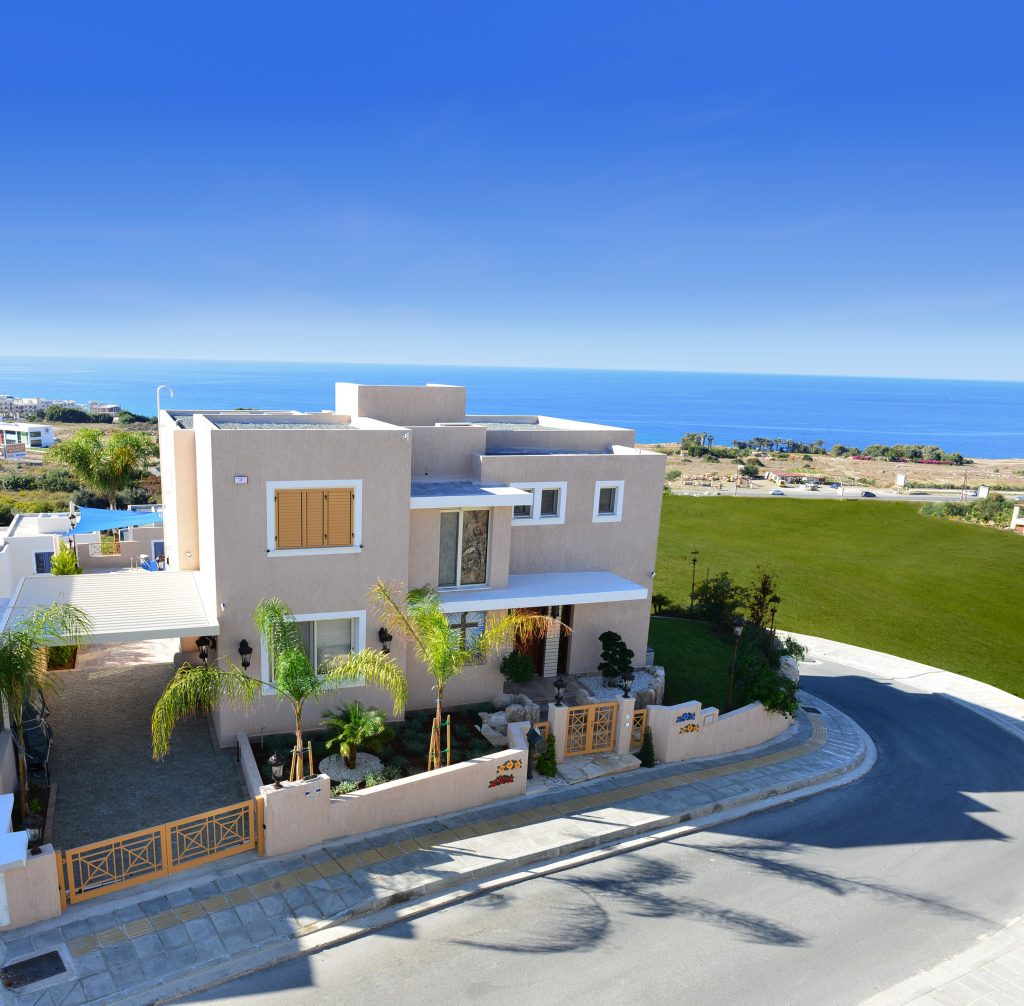 The way of investing in facilities combines financial efficiency with the comfort of living. The key advantages of investing in the housing market are concentrated in specific benefits:
The way of investing in facilities combines financial efficiency with the comfort of living. The key advantages of investing in the housing market are concentrated in specific benefits:
 To soberly answer whether it is worth moving to Greece, it is necessary to take into account the local labour market. The average salary is around €1100 per month (2024), with the minimum wage set at €910. The unemployment rate has fallen to 10.4 per cent, but regional disparities remain: Athens and Thessaloniki offer more opportunities, while islands and provinces suffer from seasonality.
To soberly answer whether it is worth moving to Greece, it is necessary to take into account the local labour market. The average salary is around €1100 per month (2024), with the minimum wage set at €910. The unemployment rate has fallen to 10.4 per cent, but regional disparities remain: Athens and Thessaloniki offer more opportunities, while islands and provinces suffer from seasonality.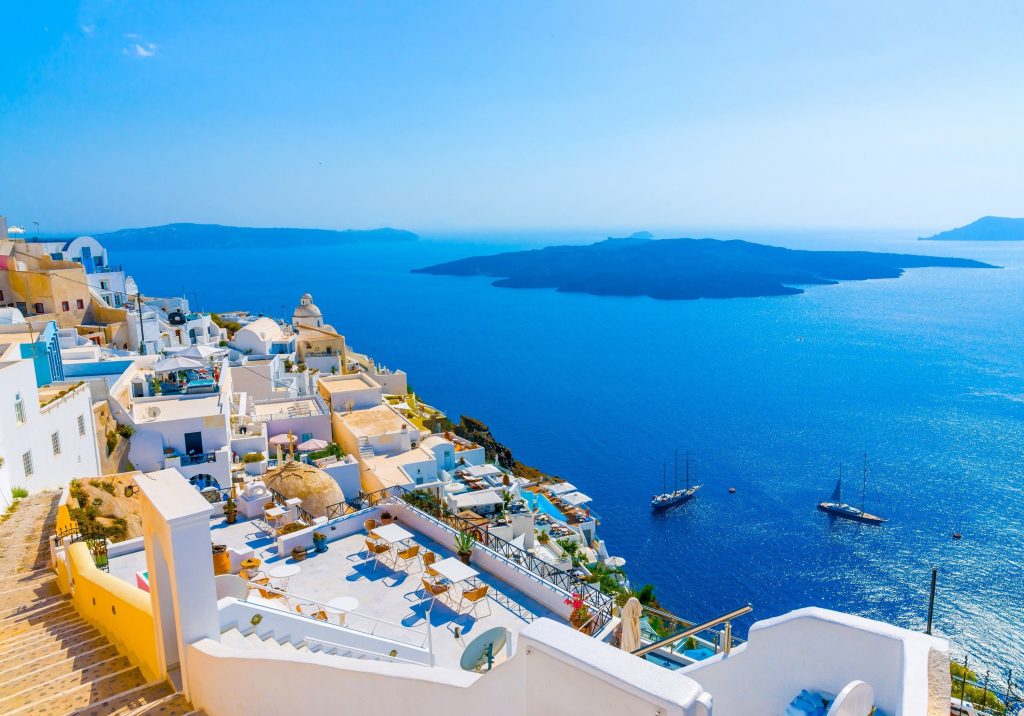 The answer to the question whether to move to Greece depends on expectations and goals. For investors – a window with reasonable rates and simplified access to residence permits. For remote professionals – a chance to live by the sea with low costs. For families – a chance to raise children in an environment with a mild climate and a moderate pace. The country offers a balanced format confirmed by statistics, examples and testimonials.
The answer to the question whether to move to Greece depends on expectations and goals. For investors – a window with reasonable rates and simplified access to residence permits. For remote professionals – a chance to live by the sea with low costs. For families – a chance to raise children in an environment with a mild climate and a moderate pace. The country offers a balanced format confirmed by statistics, examples and testimonials.